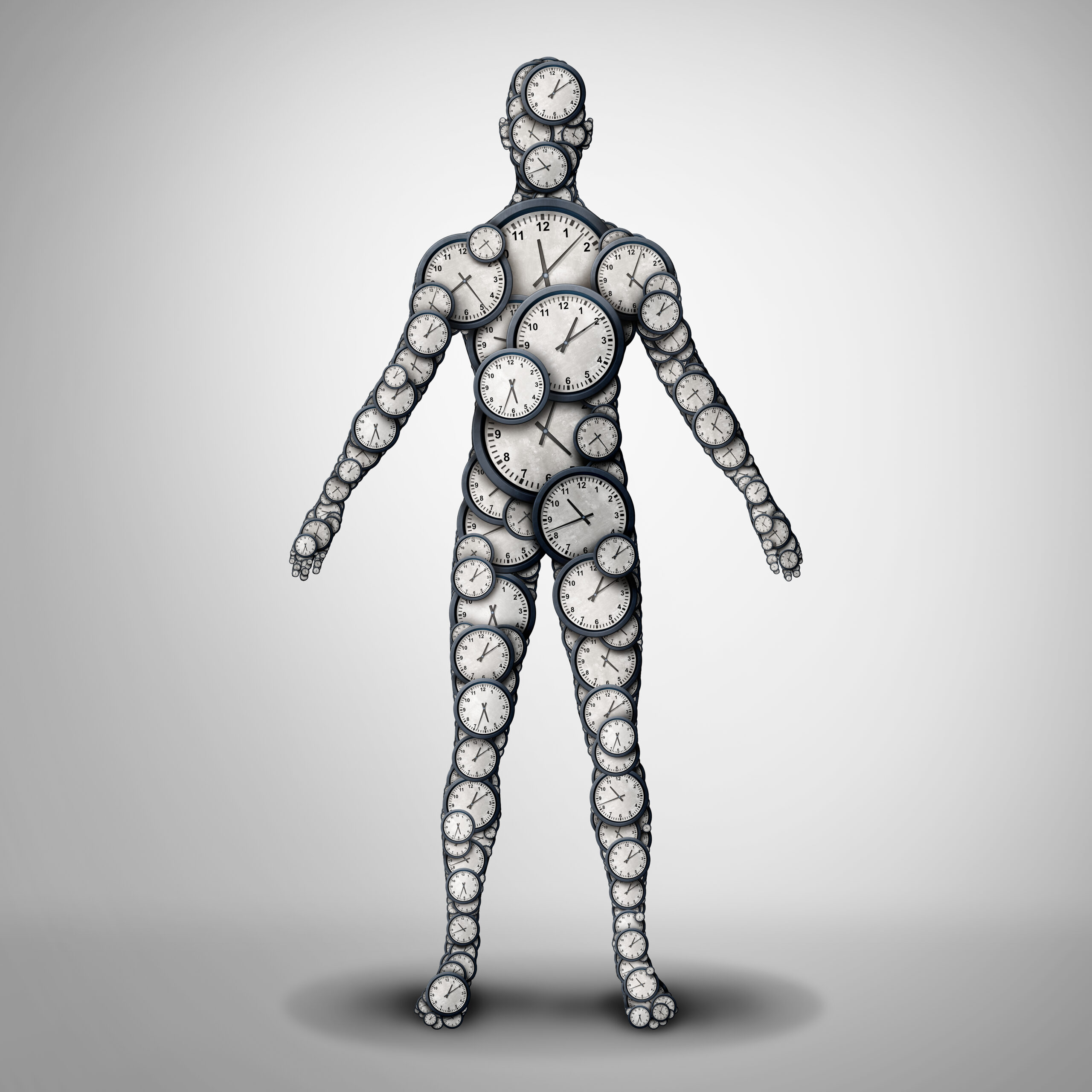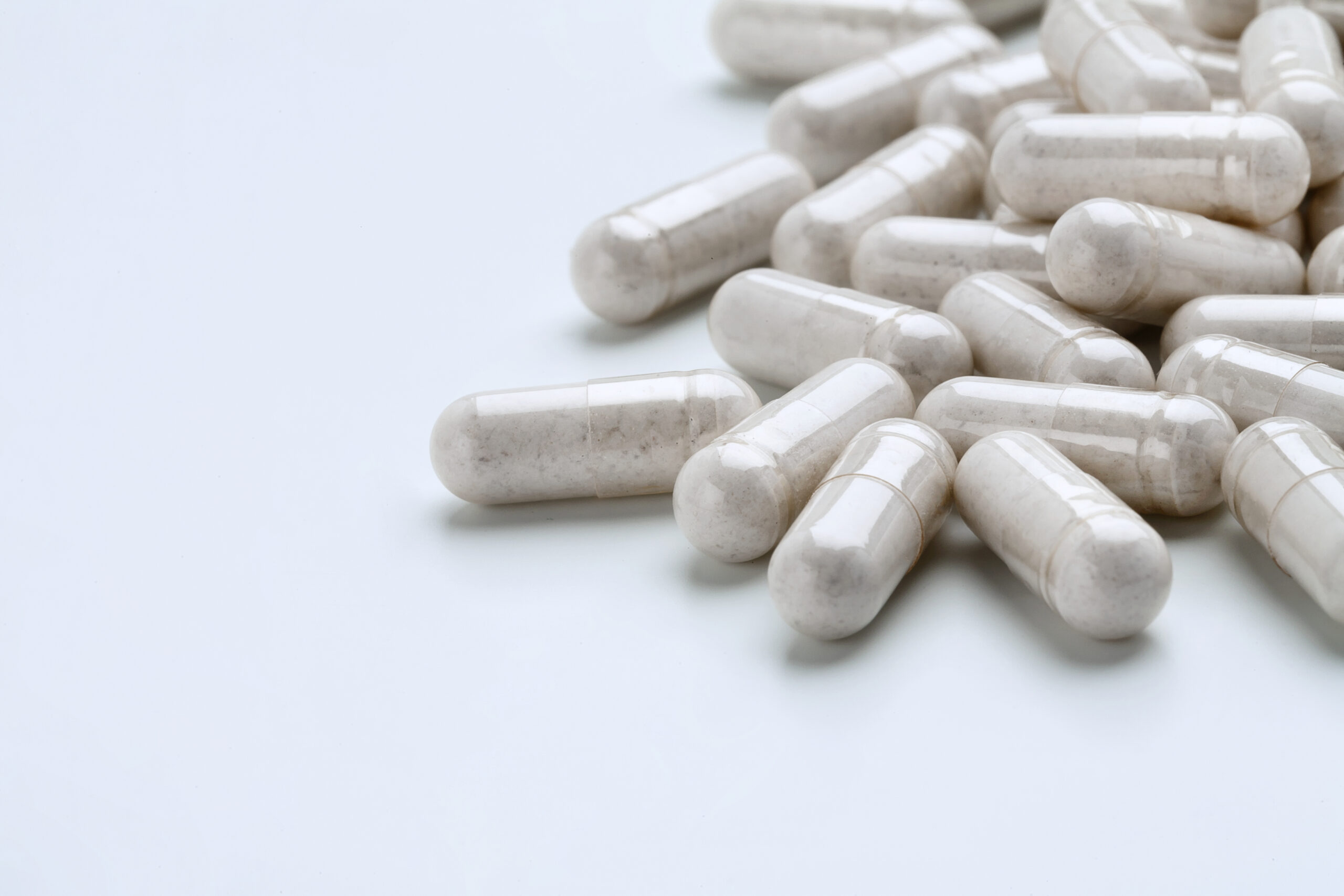The Biology of Ageing
Ageing, a natural and inescapable process, is a subject of fascination and concern for many. While the external manifestations of ageing, like graying hair and wrinkles, are commonly recognized, the internal biological processes are intricate and complex. These underlying mechanisms, from cellular decay to genetic influences, contribute to the visible signs and health implications associated with ageing.
At the cellular level, ageing is marked by a gradual decline in cellular function. Cells lose their ability to proliferate, repair damage, and maintain homeostasis. One of the central theories in the biology of ageing is cellular senescence, a state where cells become non-functional and resist apoptosis or programmed cell death. Senescent cells accumulate over time, releasing inflammatory cytokines and enzymes that can damage surrounding tissue, a phenomenon known as the senescence-associated secretory phenotype (SASP).
Mitochondrial dysfunction is another critical aspect of cellular ageing. Mitochondria, often referred to as the powerhouse of the cell, play a pivotal role in energy production and metabolic regulation. As we age, mitochondrial efficiency diminishes, leading to reduced energy output and increased production of reactive oxygen species (ROS). These ROS can cause oxidative stress, damaging cellular components like DNA, proteins, and lipids, and leading to a progressive decline in cellular function.
Genetic factors also play a significant role in the ageing process. The telomeres, repetitive DNA sequences capping the ends of chromosomes, shorten with each cell division. When telomeres reach a critical length, the cell enters a state of senescence or apoptosis. Although the enzyme telomerase can extend telomeres, its activity is typically limited in somatic cells. Research into the manipulation of telomerase and telomere length offers potential insights into decelerating the ageing process, though it is fraught with complexities, including an increased risk of cancer.
Additionally, the role of epigenetics in ageing is becoming increasingly clear. Epigenetic modifications, changes in gene expression not caused by alterations in the DNA sequence, accumulate over a lifetime. Environmental factors, lifestyle, and disease states can influence the epigenome, leading to changes in gene expression associated with ageing. Understanding these modifications and their reversibility could unlock targeted interventions to delay or mitigate age-associated diseases and decline.
The body’s repair and maintenance systems also degrade with age. Autophagy, a cellular cleanup process, becomes less efficient, leading to the accumulation of damaged proteins and organelles. DNA repair mechanisms also decline, increasing the risk of mutations and cancer. These impairments contribute to a vicious cycle where damage accumulates at a rate faster than repair, leading to a progressive decline in cellular and tissue function.
Furthermore, ageing is characterized by a chronic, low-grade inflammation termed “inflammaging”. This systemic inflammation is thought to result from a lifetime of exposure to pathogens, cellular damage, and other stressors. It contributes to the development of age-associated diseases, including cardiovascular disease, cancer, and neurodegenerative disorders. Targeting the pathways involved in inflammaging is a promising avenue for interventions to extend healthspan.
The biology of ageing is an intricate interplay of cellular dysfunction, genetic and epigenetic factors, and declining repair mechanisms. Unraveling these complex processes opens the door to potential interventions that can extend lifespan and, more importantly, healthspan – the years lived free from disease and disability. As research in this field advances, the prospect of personalized, targeted interventions to mitigate the impacts of ageing becomes increasingly tangible, offering hope for a future where ageing is not synonymous with decline, but with wisdom, vitality, and enhanced quality of life.









